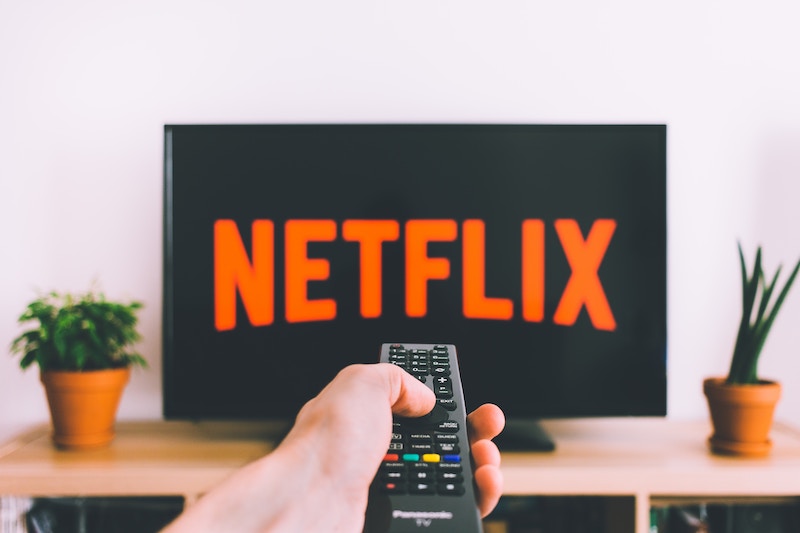NETFLIX AND STANDSTILL?
01 February 2020, 18:40
4 min read
Has Netflix and Chill become Netflix and Standstill? Recently, I have heard a growing number of people complaining about the quality of shows and films now available on the Netflix platform. Many of these people said they were on the verge of cancelling or had already ended their subscription. Over the past few years, the online streaming subscription market has seen new entrants attempt to gain share in what has been traditionally Netflix’s back yard.
With a wider choice of providers, it should stand to reason that the quality of movies and shows on offer gets spread around each service, which in theory should lead to a reduction in quality on the Netflix platform.
First Chart: Viewing Stats
I decided to take a look at the numbers to see if there was any truth to these grumblings. Using the data Netflix allows me to download from my own account (available from this link), I got a list of all of the TV shows and movies I’ve watched since I began my subscription — 960 in total.
I separated movies and shows so I could combine the movies with the IMDb dataset (free, non-commercial use here). Using Python and Excel, I merged IMDb data with my Netflix movie history. The viz below is interactive; each data point filters other parts of the chart.
Second Chart: IMDb Stats
This looks at IMDb ratings over time, with the highest and lowest rated films surfaced each year. Surprisingly, there isn’t a huge difference year to year. The average rating stays fairly constant, roughly 6.8–7.5 across five years.
Third Chart: Grouped IMDb Ratings
Grouping films helps show distribution shifts:
- Good: IMDb 7.5+
- Average: 7.4–6.5
- Bad: 6.4 or below
I’ve watched more movies each year — and the extra volume skews toward the “bad” bucket in the last two years.
Fourth Chart: Full IMDb Ratings
Each movie and its rating, grouped by year. Click any dot to see titles. A “*” indicates multiple movies share that rating.
In conclusion: the increased time spent scrolling through quantity may explain the “quality fatigue” some feel — more viewing, but disproportionately more average and poor films.
